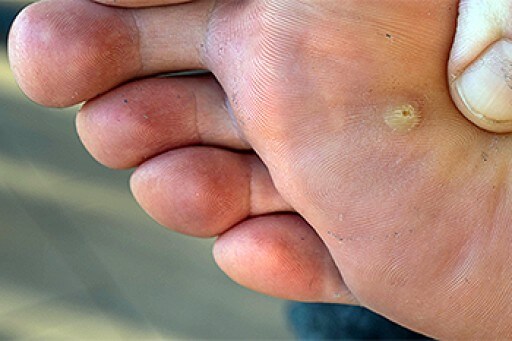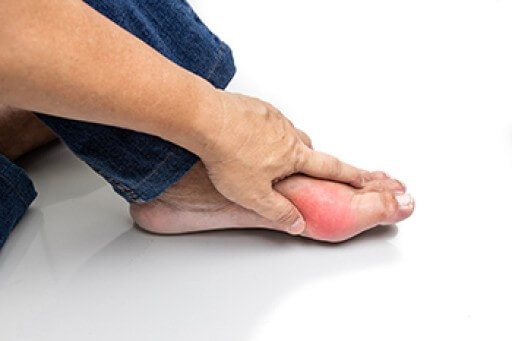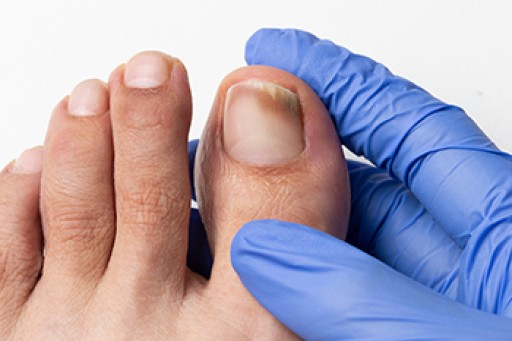
Studying podiatry is a unique and rewarding journey that offers several compelling reasons to consider. Podiatrists play a vital role in healthcare by specializing in the diagnosis, treatment, and prevention of conditions related to the foot, ankle, and lower extremities. This specialization addresses a significant and often underestimated aspect of overall health. Additionally, podiatry offers diverse career opportunities. Graduates can work in various settings, including private practices, hospitals, sports medicine clinics, and research institutions. The ability to choose from different specialties within podiatry, such as sports medicine, surgery, or geriatrics, adds to the versatility of the field. Furthermore, the demand for podiatrists continues to grow as the population ages and becomes increasingly aware of the importance of foot health. Podiatry offers a stable and potentially lucrative career path. Ultimately, studying podiatry provides the chance to make a tangible difference in people's lives by improving their mobility, relieving pain, and enhancing their overall well-being. It is a profession that combines medical expertise with patient care, making it a fulfilling and impactful choice for those interested in healthcare. If you are interested in pursuing a career in podiatry, it is suggested that you discuss any questions or concerns with this type of doctor who can help you make an informed decision.
If you are dealing with pain in your feet and ankles, you may want to seek help from a podiatrist. Feel free to contact Scott Samera, DPM from Samera / Foot + Ankle. Our doctor can provide the care you need to keep you pain-free and on your feet.
What Is a Podiatrist?
A podiatrist is a doctor of podiatric medicine who diagnoses and treats conditions of the foot, ankle, and related structures of the leg. Your podiatrist may specialize in a certain field such as sports medicine, wound care, pediatrics, and diabetic care. Podiatrists have the ability to become board certified through training, clinical experience, and then taking an exam.
What Do Podiatrists Do?
On a daily basis, a podiatrist may perform the following activities:
- Diagnose foot ailments such as ulcers, tumors, fractures, etc.
- Use innovative methods to treat conditions
- Use corrective orthotics, casts, and strappings to correct deformities
- Correct walking patterns and balance
- Provide individual consultations to patients
It is very important that you take care of your feet. It’s easy to take having healthy feet for granted, however foot problems tend to be among the most common health conditions. Podiatrists can help diagnose and treat a variety of feet related conditions, so it is crucial that you visit one if you need assistance.
If you have any questions please feel free to contact our office located in Lake City and Branford, FL . We offer the newest diagnostic and treatment technologies for all your foot and ankle needs.















